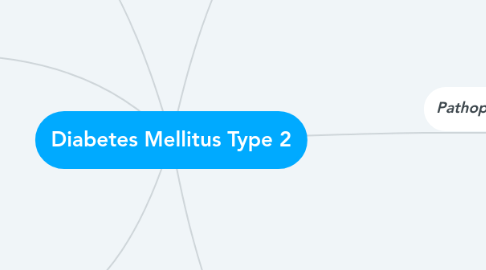
1. Diagnostic Tests
1.1. Fasting plasma glucose (FPG)
1.2. Hemoglobin A1c (HbA1c)
1.3. Random plasma glucose (RPG)
1.4. Oral glucose tolerance test (OGTT)
2. Common Findings
2.1. Weight loss or gain
2.2. Fatigue
2.3. Polyuria
2.4. Polydipsia
2.5. Recurrent infections
2.6. Neuropathy
2.7. Visual changes
3. Treatments
3.1. Diet
3.2. Exercise
3.3. Pharmacologic therapy
3.3.1. Oral agents
3.3.2. Insulin therapy
4. Genetic Details
4.1. TCF7L2
4.1.1. involved in the secretion of insulin
4.2. PPAR-γ
4.2.1. involved in adipocyte differentiation and glucose metabolism
4.3. KCNJ11
4.3.1. potassium channel for glucose-stimulated insulin secretion
5. Pathophysiological Etiology
5.1. Insulin resistance
5.1.1. impaired response of insulin-sensitive tissues (liver, muscle and adipose tissue) to insulin
5.1.1.1. glucose remains in the bloodstream
5.1.2. obesity
5.1.2.1. adipokines
5.1.2.2. increased free fatty acids
5.1.2.3. inflammatory cytokines
5.1.2.3.1. toxic to beta cells
5.2. Beta cell dysfunction
5.2.1. Amylin
5.2.1.1. decreased
5.2.1.1.1. unable to suppress glucagon release from the alpha cells
5.2.2. Pancreatic alpha cells
5.2.2.1. less responsive
5.2.2.1.1. increased glucagon secretion
5.2.2.1.2. increased hepatic production of glucose
5.2.2.1.3. hyperglycemia

